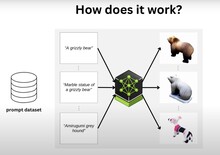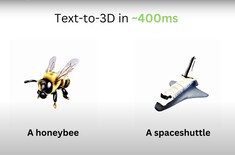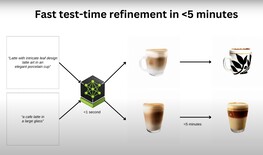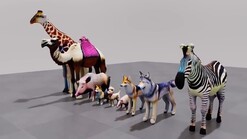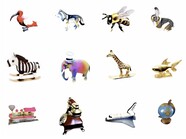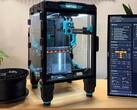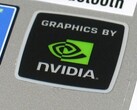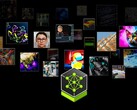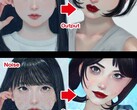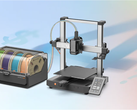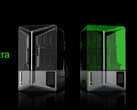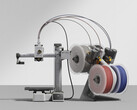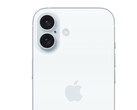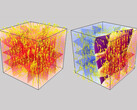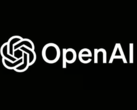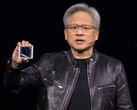While image and video generation AI models have been dominating the news for some time, NVIDIA has taken a step in the next logical direction with LATTE3D, a new generative AI model that turns text prompts into complete 3D models in less than a second. Announced at the NVIDIA GTC event last week, the technology is touted as being akin to a “virtual 3D printer”, in that it can instantly serve up 3D models “in a popular format used for standard rendering applications”, ready to be deployed in video game development, advertising, design projects or any application requiring a virtual environment, including VR and AR.
Text-to-3D generative AI is not a new technology, and NVIDIA’s research paper itself pits LATTE3D against several existing systems such as MVDream, 3DTopia and LGM. Where LATTE3D has the overwhelming advantage is speed. In comparative tests, other AI models take anywhere from 20 seconds to upwards of 30 minutes to generate an output, while LATTE3D churns out a comparable (and often higher quality) rendering in a mere 400 milliseconds.
It should be noted that, as with 3D printing, the output from LATTE3D and other AI models improves in quality as more time is given. The benefit is that, unlike 3D printing, one can choose to prioritise speed over quality at first, and later decide to wait for a more refined output, rather than fixing the settings from the start.
As with any other generative AI, LATTE3D holds the potential to transform many workflows. Whereas previously one would have to scour a 3D asset library or dedicate precious man-hours to create a simple object, with NVIDIA’s technology, it’s simply a matter of typing out a brief description and importing the generated output into one’s software application or platforms.
So far, the research team has only trained LATTE3D to create models of everyday objects and animals, but this can be expanded to other categories with the right datasets. The model was trained using NVIDIA A100 Tensor Core GPUs, and in the company’s demo, ran on a single NVIDIA RTX A6000.
As a research project, LATTE3D is still under development and so far there has been no talk of releasing it as a product or service. Future plans for the project including expanding the capability to "text-to-4D", or generating 3D animations.
Explore immersive virtual and mixed-reality environments with the Meta Quest 3 headset and the XREAL Air 2 Pro AR glasses, both available on Amazon.





